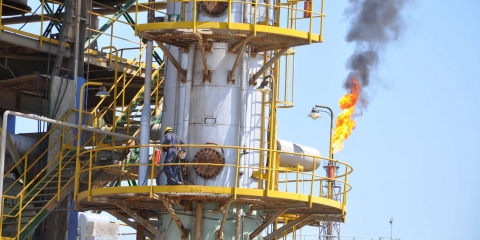The waterkeeper of Iraq
Along the Little Zab River that cuts through the Iraqi town of Taqtaq, families picnicked on a recent weekday afternoon. Children frolicked in stalls overlooking the tributary, while a pair of boats gently bobbed in the rushing current. Little Zab is part of a complex network of waterways that feed Iraq's Kurdish region and, by […]Kenneth R. Rosen writes for Al Jazeera:
Along the Little Zab River that cuts through the Iraqi town of Taqtaq, families picnicked on a recent weekday afternoon. Children frolicked in stalls overlooking the tributary, while a pair of boats gently bobbed in the rushing current.
Little Zab is part of a complex network of waterways that feed Iraq's Kurdish region and, by extension, the entire country. What first passes through the semi-autonomous region to the north, eventually travels a serpentine route to connect with the Tigris and Euphrates rivers, which wend their way past cities such as Mosul and Baghdad. Further south towards the Gulf is Basra and the lush waterways named by UNESCO as a heritage site.
But water scarcity is becoming an increasingly pressing issue in the northern region. If neighbouring countries such as Turkey, Iran and Syria move forward with plans to repair existing dams or build new ones - such as the Daryan Dam on the Sirwan River in Iran, scheduled for completion next year - water flow to Kurdish land will be in increasing jeopardy.





